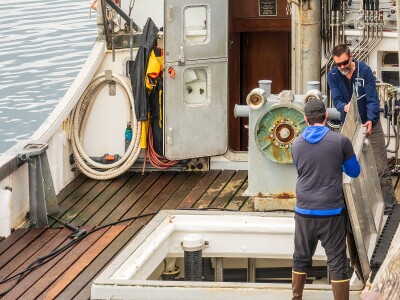Biologists have been surprised in recent years about how many big Atlantic sturgeon they are finding around the Chesapeake Bay. But rather than celebrating, they have become increasingly alarmed about what they are not seeing: a new generation of young sturgeon.
While finding more adults is certainly good news, biologists say they have seen little evidence those sturgeon have successfully produced significant numbers of offspring in recent years that would be critical if the endangered species is to make a comeback in the Chesapeake.
“To get any kind of recovery, the best thing you can do is to increase that first year of survival,” said Dave Secor, a fisheries biologist with the University of Maryland Center for Environmental Science. If young fish survive, he said, “you can actually realize very rapid recovery, even for a species like sturgeon.”
That’s something that biologists working with sturgeon around the Bay say they haven’t seen, perhaps for a decade or more. Many blame the absence of young sturgeon on a rampant population of introduced blue catfish, which they say could be consuming eggs and newly hatched fry, or outcompeting them for habitat.






